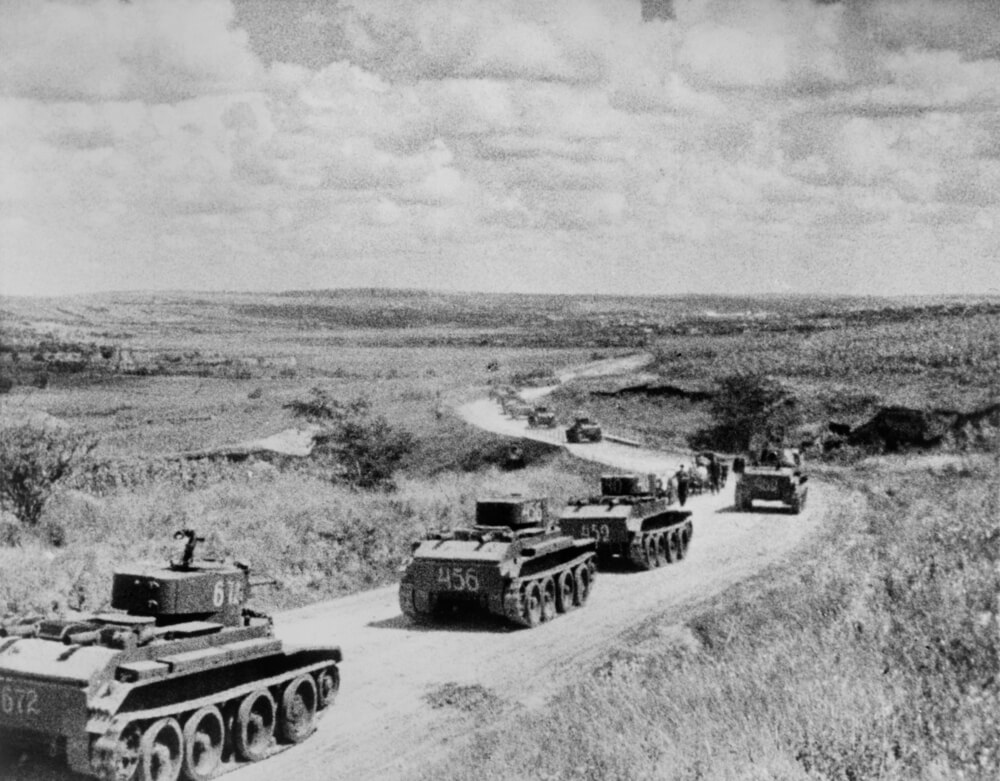Generally speaking, westerners remember Operation Barbarossa as an invasion of the Soviet Union carried out by Germany and Germany alone.
However, this is quite inaccurate because Nazi Germany was supported by five other countries, which explains why the initiative had a frontline strength of 3.8 million, outnumbering the Soviet Union’s frontline strength of 2.6 to 2.9 million. One accompanying country was Romania, which received the region of Transnistria and other rewards in exchange for its support.
Before the invasion, Romania was one of World War I’s victors. As a result, it incorporated the regions of Bessarabia, Bukovina and Transylvania, which was made possible by the collapse of both the Austro-Hungarian Empire and the Russian Empire. In effect, Romania had achieved its goal of creating a nation-state that incorporated all ethnic Romanians in the region at the cost of incorporating significant ethnic minorities that would serve as the seeds for further conflicts.
Initially, Romania remained neutral in World War II. However, the failing fortunes of its guarantors Great Britain and France, meant that it came under serious pressure from Germany and the Soviet Union. Romania lost most of its new territories without a fight. This gutted King Carol II’s support, thus enabling a pro-German fascist regime to sweep into power.
When Germany launched Operation Barbarossa, Romanian soldiers were participating as well.
In exchange, Romania recovered both Bessarabia and northern Bukovina that had been ceded to the Soviet Union. Furthermore, it claimed control of Transnistria between the Dniester and Southern Bug for the first time on August 19 of 1941. This prize was meant as compensation for northern Transylvania that had been ceded to Hungary under German pressure.
Romanian control of the region lasted until early 1944 as the Soviet Union advanced towards Germany over Eastern Europe.

